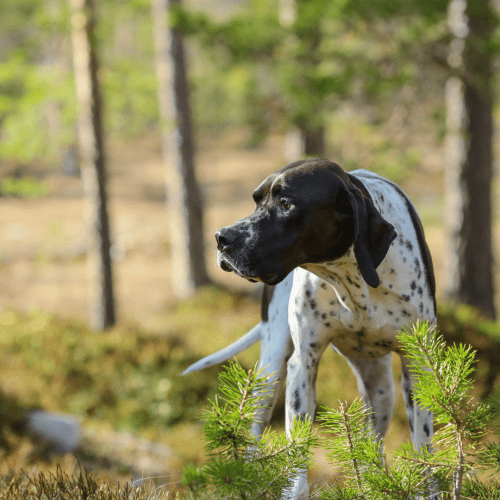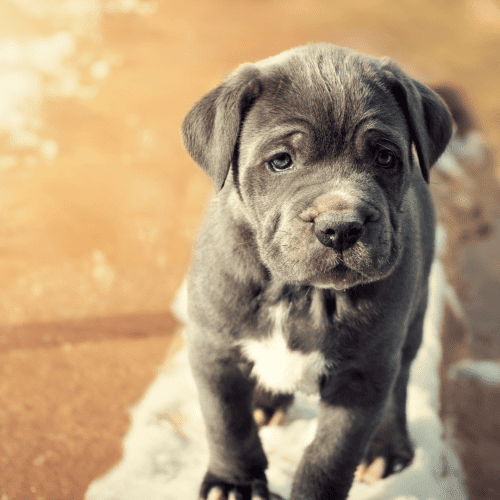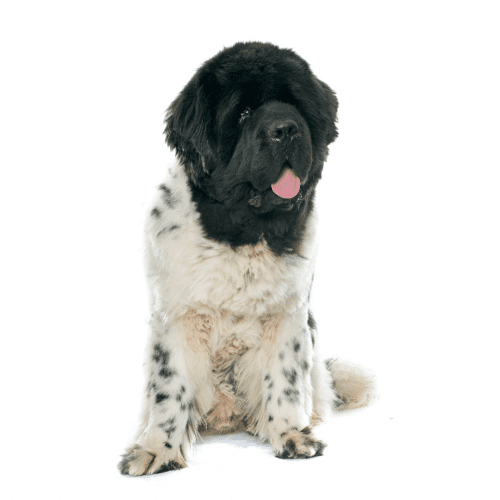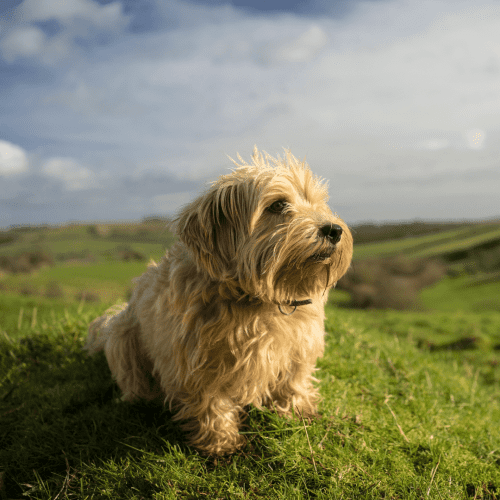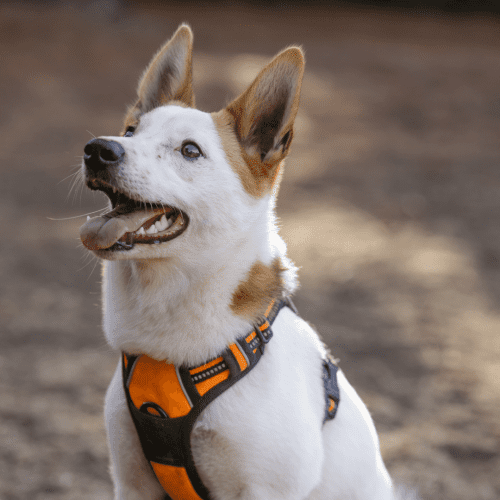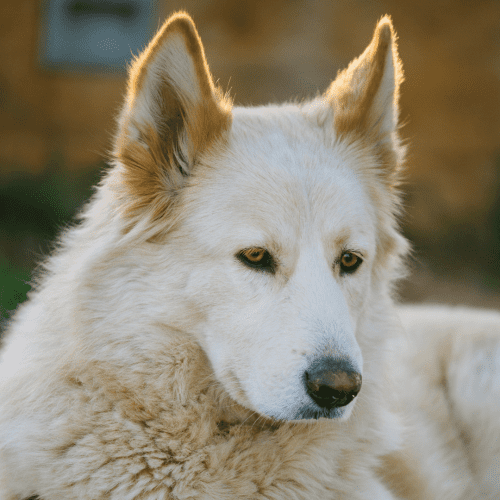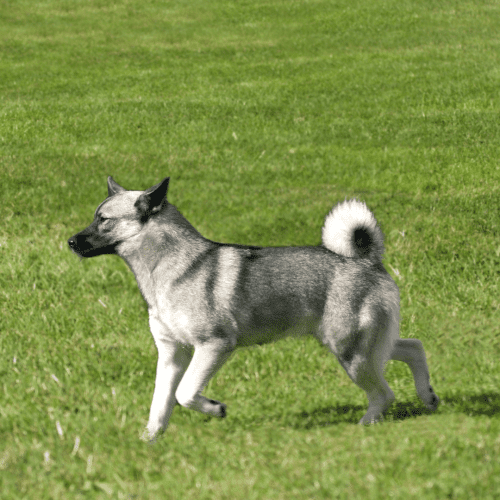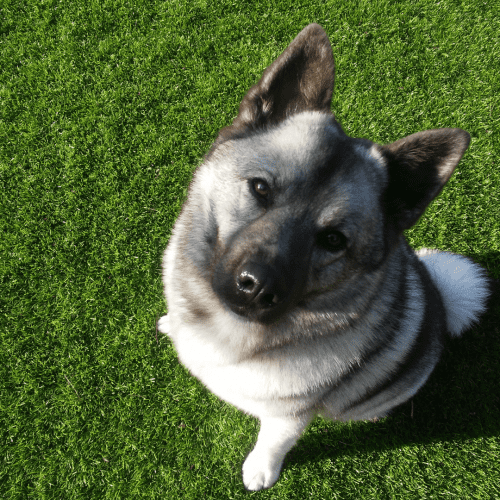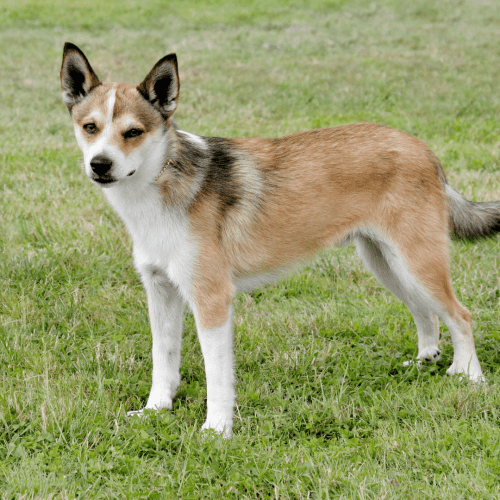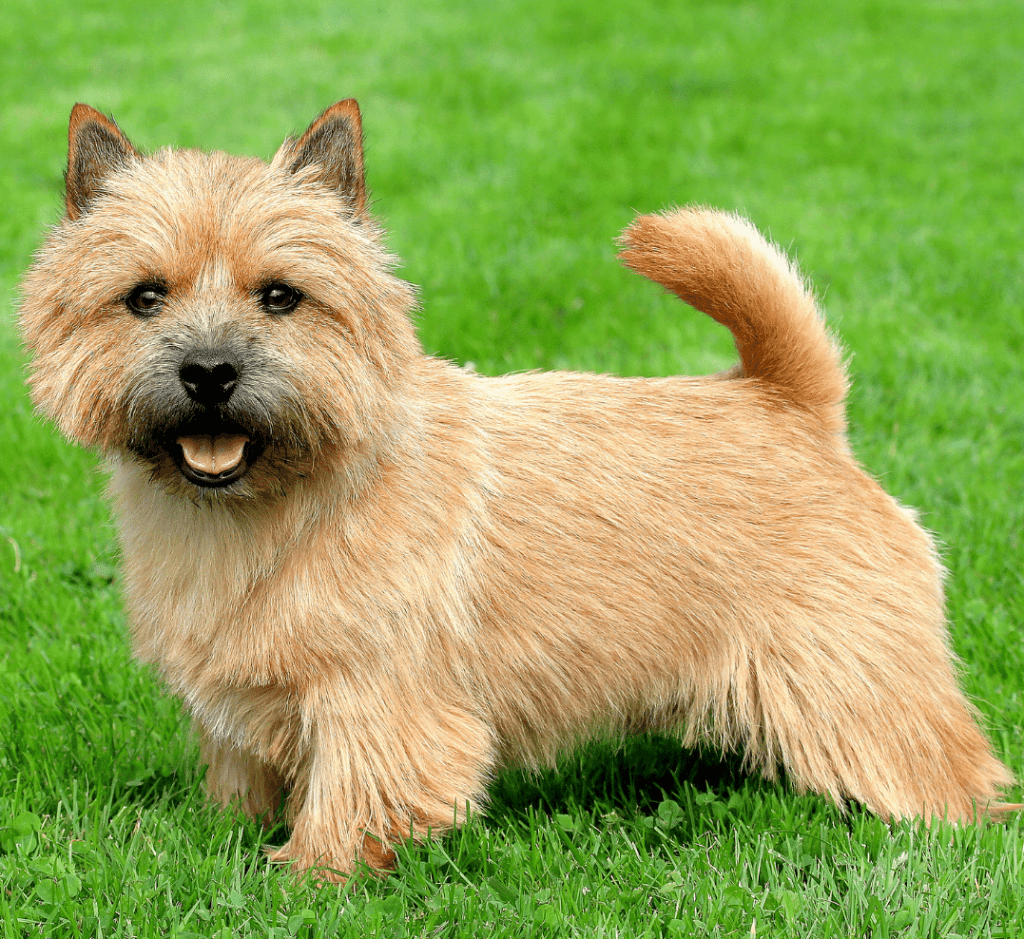Dog breeds starting with the letter “N”.
The Dunker Dog Breed aka Norwegian Hound
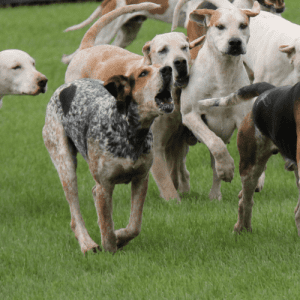
What Is The History Of The Dunker Dog Breed aka Norwegian Hound?
The Dunker, also known as the Norwegian Hound, is a breed of hunting dog that originated in Norway. The breed was developed in the 1800s to hunt small game, such as rabbits and foxes. The Dunker is a scent hound, which means that it relies on its sense of smell to track down prey. The breed is known for its loud, deep bark, which can be heard over long distances. The Dunker is a popular hunting dog in Norway and other Scandinavian countries. It is also used as a search-and-rescue dog and has been trained to detect explosives and drugs. The Dunker is not recognized by the American Kennel Club, but it is recognized by several other kennel clubs.
What Does A Dunker Dog Breed aka Norwegian Hound Look Like?
The Dunker: (aka Norwegian Hound) is a dog breed characterized by its short, dense fur. The coat of the Dunker: (aka Norwegian Hound) is typically a mix of black, brown, and white, though some may have more or less of one color than others. The fur length of the Dunker: (aka Norwegian Hound) varies depending on the individual dog, but it is generally shorter than that of other breeds.
How Big Is An Adult Dunker Dog Breed aka Norwegian Hound?
The average weight of a male Dunker: (aka Norwegian Hound) is between 25 and 40 pounds. The average weight of a female Dunker: (aka Norwegian Hound) is between 25 and 35 pounds. Dunkers are about as big around as they are tall at the shoulder, with a typical height of 18 to 22 inches. Male Dunkers tend to be slightly larger than females on average. Dunkers are considered a medium-sized breed.
Are There Other Dog Breeds Related To The Dunker Dog Breed aka Norwegian Hound?
The Dunker: (aka Norwegian Hound) is related to many other dog breeds, including the American Water Spaniel, Barbet, Basset Hound, Beagle, Bloodhound, Bluetick Coonhound, Dachshund, Foxhound, Harrier, Plott Hound, Redbone Coonhound, and Treeing Walker Coonhound. These breeds share a common ancestry and have many similar characteristics. The Dunker: (aka Norwegian Hound) is a versatile breed that can be used for hunting or as a companion animal. They are intelligent and have a strong sense of smell. They are loyal and devoted to their owners and make excellent family pets.
What Is The Life Expectancy Of A Dunker Dog Breed aka Norwegian Hound?
The average lifespan of a Dunker: (aka Norwegian Hound) is about 12 and 15 years. This breed is generally healthy. But like all breeds, they are susceptible to certain health conditions. Some of the more common health problems seen in Dunkers: (aka Norwegian Hounds) include hip and elbow dysplasia, von Willebrand’s disease, and heart disease. To help ensure your Dunker: (aka Norwegian Hound) lives a long and healthy life, work with a reputable breeder, take them to your veterinarian for regular check-ups, and feed them a high-quality diet.
Can A Dunker :Dog Breed aka Norwegian Hound Be Trained?
Dunker: (aka Norwegian Hound) is a versatile breed of dog that can be trained to perform various tasks. They are often used as hunting dogs but can also be trained for other purposes such as search and rescue, tracking, and even obedience. With their keen sense of smell and strong work ethic, Dunker: (aka Norwegian Hound) make excellent partners for those looking for an active dog to join them on their adventures. While training may take some patience and consistency, the results will be worth it with this intelligent and eager-to-please breed.
What Are Some Interesting Facts About A Dunker Dog Breed aka Norwegian Hound?
-The Dunker is a low-slung, long-bodied hound with a short, dense coat.
-The Dunker’s head is large and heavy, with a pronounced stop and droopy ears.
-Dunkers were initially bred in Norway for hunting hare, fox, and deer.
-Dunkers are known for their deep, baying howl.
-Dunkers are friendly and good with children but can be stubborn and independent.
-Dunkers need plenty of exercise and do their best in a home with a fenced yard.
How Does A Dunker Dog Breed aka Norwegian Hound Interact With People?
The Dunker is a friendly breed that gets along well with people. They are outgoing and enjoy being around others, making them great companions. They are also good with children and other animals, making great family pets. Dunkers do best when they have a lot of human interaction and love to be part of the family. The Dunker is the perfect breed for you if you are looking for a loyal and loving friend!

